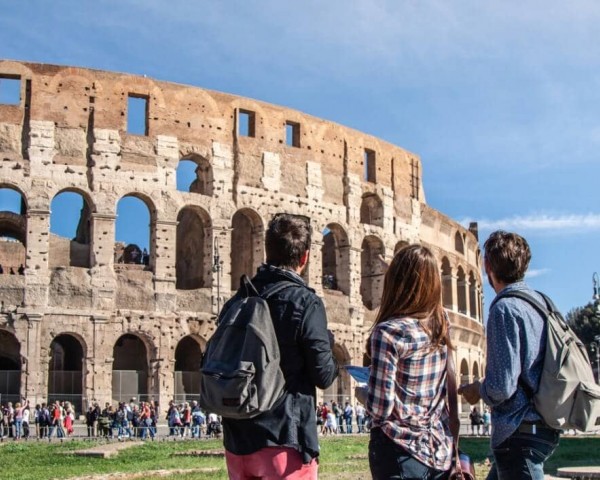As the summer of 2025 comes close, the Italian tourism sector shows signs of a steady rebound. Assoturismo Confesercenti forecasts suggest roughly 211.2 million overnight stays in official accommodations between June and August. This points to an approximate 1% uptick compared to the summer of 2024.
The analysis incorporated data gleaned from prominent OTAs along with a representative sampling of nearly 1,489 accommodation providers — hotels and alternative lodging, such as vacation rentals. Though not witnessing the robust increases of previous times, Italy seems to be maintaining a reasonably positive course, despite macroeconomic headwinds, and growing competition from budget-friendly locales.
Seaside and Mountain Destinations in the Lead
Seaside and mountain areas are seeing the greatest demand this year; each boasting a 1.1% gain, more or less. These longstanding favorites continue to anchor Italian summer tourism, attracting visitors with a combination of natural beauty, cultural richness, and opportunities for recreation.
Not far behind, historic art hubs such as Rome, Florence, and Venice are experiencing a growth of approximately 1%, continuing to serve as popular cultural destinations for travelers internationally. Conversely, lake regions and rural or hilltop towns are showing more gradual progress, with around a 0.7% and 0.6% increase, respectively. That said, they do signal a rather promising trajectory, fueled by broader offerings and endeavors aimed at mitigating seasonal tourism effects — namely, spreading activities beyond the high-season months.
Religious Tourism Gaining Ground
An emerging trend is the growth of religious tourism, which is largely connected to the continuing Jubilee 2025 celebrations. It’s worth noting that, despite a relatively subdued start, the Jubilee year’s anticipation surrounding subsequent events, and a new pontiff’s involvement, has renewed enthusiasm among pilgrims and those on spiritual journeys.
While religious tourism constitutes a smaller niche compared to regular tourism, this market holds possibilities for growth, offering smaller towns and religious attractions a chance to welcome guests beyond the usual summertime rush, in most cases.
A Rise in International Visitors
One notable shift is the rising influence of international visitors, who are predicted to outnumber domestic tourists for the first time during the summer.
CST projects about 107.6 million overnight stays will be attributable to international guests (around 1.5% higher), with domestic stays generating around 103.6 million (0.5% increase). This suggests a marked variation in historical trends, generally speaking, which previously saw domestic tourism dominating.
The influx of foreign visitors underscores Italy’s enduring global pull, thanks to its cultural heritage, famous attractions, world-class cuisine, and strategic marketing targeting significant overseas markets like the US, China, and the Gulf countries.
Opportunities and Challenges
Although the overall perspective is bright, the Italian tourism sector needs to keep innovating and adapt to evolving traveler preferences. Investment in digital infrastructure, sustainability initiatives, and quality service is vital to keep competitive in a quickly changing global marketplace.
Moreover, the deliberate transition towards year-round tourism, driven by diversification on a regional basis and specialized experiences — from wine/food tours to wellness-focused escapes — could enable more equitable growth, and alleviate strain on frequented hotspots throughout the busiest periods.
Finally, the summer of 2025 is sure to be an interesting chapter in Italy’s ongoing rapport with global travelers. Continued planning along with consistent dedication to refining visitor experiences, ensures the country is well-situated to maintain its position as a celebrated travel destination.

